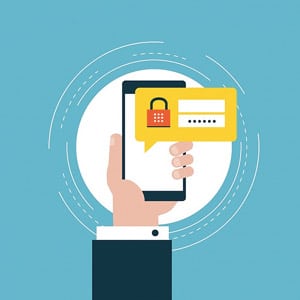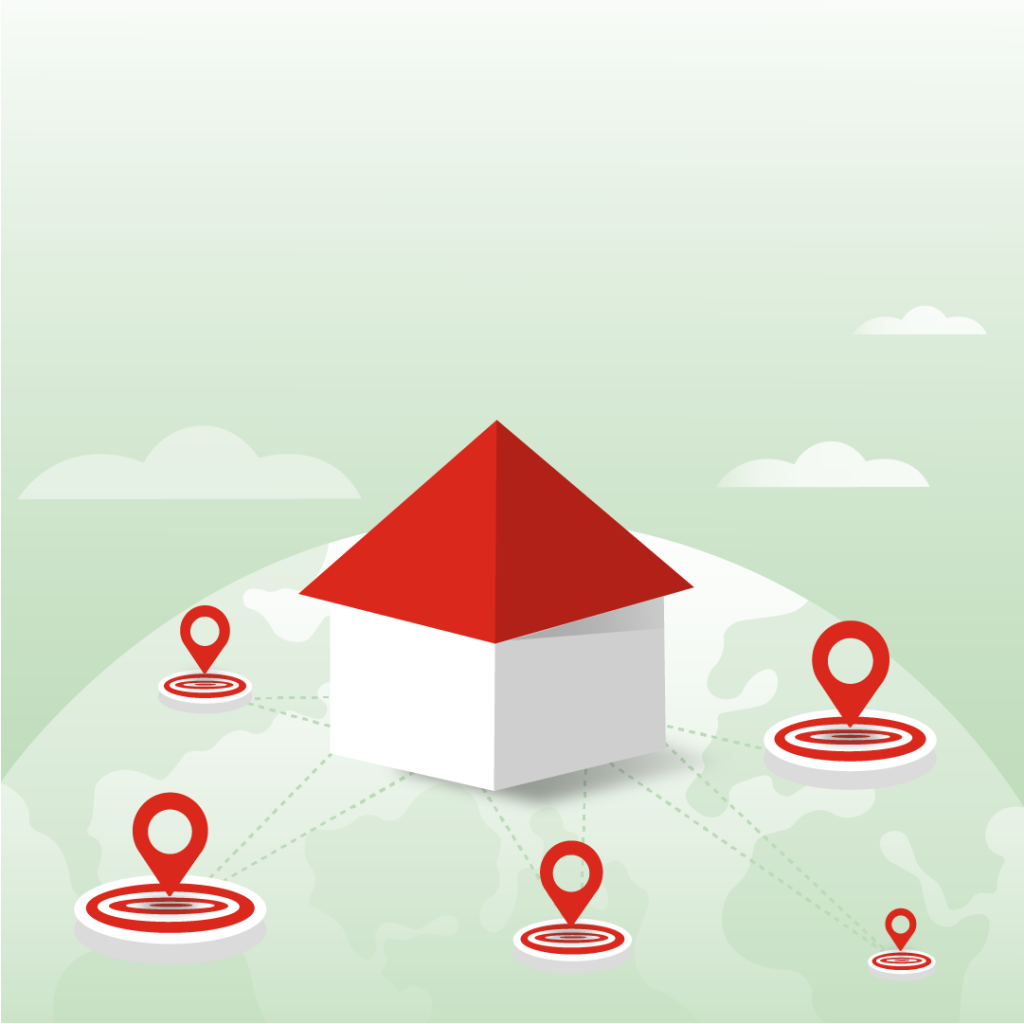Internet of Things (IoT) is a network of devices connected to the internet. This word is synonymous with smart homes in which smart devices connect to a home network to perform tasks effectively; some of them connect to the internet too. This means they get to interact with other devices in your homes such as your smartphone, network storage and other devices linked in the same network. Your smart devices are very helpful, but when you introduce the internet, they can be your source of harm.
En effet, tout ce qui est connecté à l'internet peut être piraté et les acteurs malveillants commencent par le point le plus faible lorsqu'ils lancent des attaques. Le plus souvent, vos appareils IoT, tels que les appareils intelligents, subissent le premier impact avant que les attaques ne se propagent jusqu'à vos ordinateurs. Dans d'autres cas, le logiciel malveillant peut se trouver dans vos ordinateurs, mais comme il ne peut pas s'exécuter correctement, il peut se déplacer vers vos appareils intelligents et commencer à faire des ravages.
Se débarrasser du cauchemar de la protection de la vie privée et de la sécurité de l'IdO
Tout commence par le maintien des meilleures pratiques en matière de cybersécurité. Voici comment ;
- Recherche sur l'appareil que vous achetez
Before buying any device that you will use regularly, do some thorough research especially on how it implements security and privacy. Most manufacturers offer devices which will put your entire privacy and security at risk since they are hackable easily.
- Modifier les mots de passe/NIP par défaut

- Mettez régulièrement vos appareils à jour
Proper research will tell you the right devices to buy. The manufacturers of these devices often push updates and patches to fix vulnerabilities which have been discovered before they are exploited. Other devices may lack the update option or just update themselves regularly.
- Utilisez https lorsque vous vous connectez à vos appareils intelligents

- Sécurisez votre routeur, mettez en place un pare-feu
Most of your devices connect to the internet via your router. This means your router can be a single point of weakness which malicious actors can exploit. Always use a strong password for your router, set up the network correctly and don’t forget to implement the firewall rules, most routers have the firewall functionality. The firewall will help you block all unauthorized connections.
- Prendre en compte les risques avant d'acheter le dispositif
This goes for the smart devices that you can do away with. For instance, smart toys and baby monitors. They might be convenient, but they lack proper security mechanisms. Also, other alternatives maybe not smart but they get the job done without the worries of being hacked whatsoever.
- Utiliser un VPN - IPBurgerVPN




